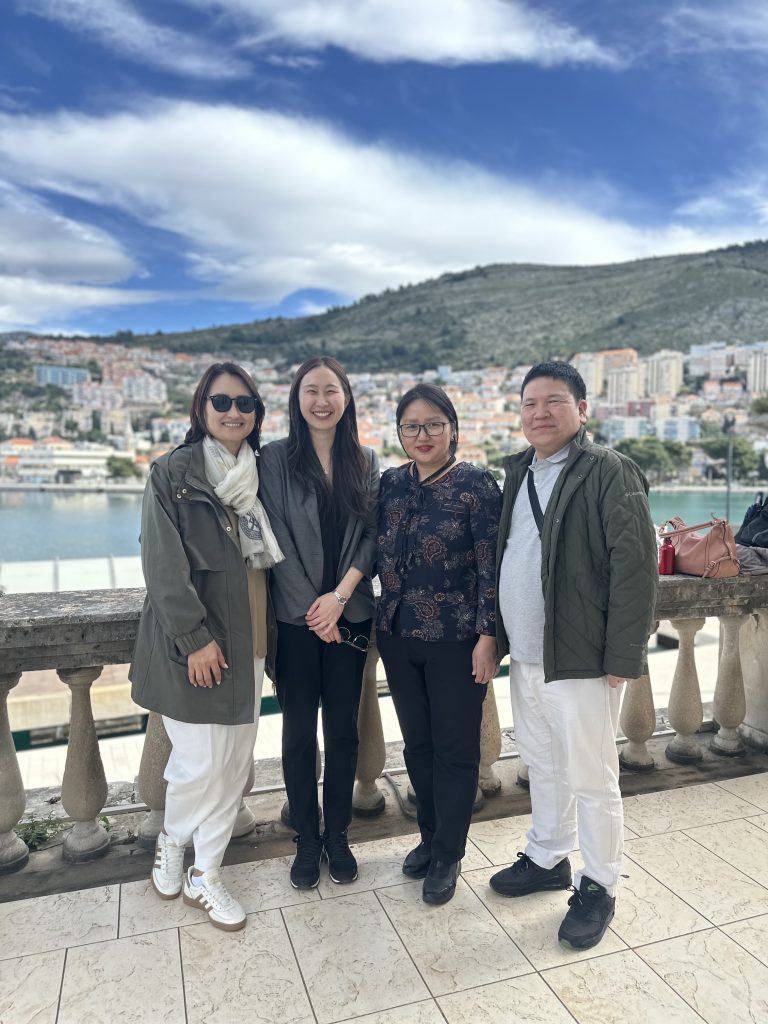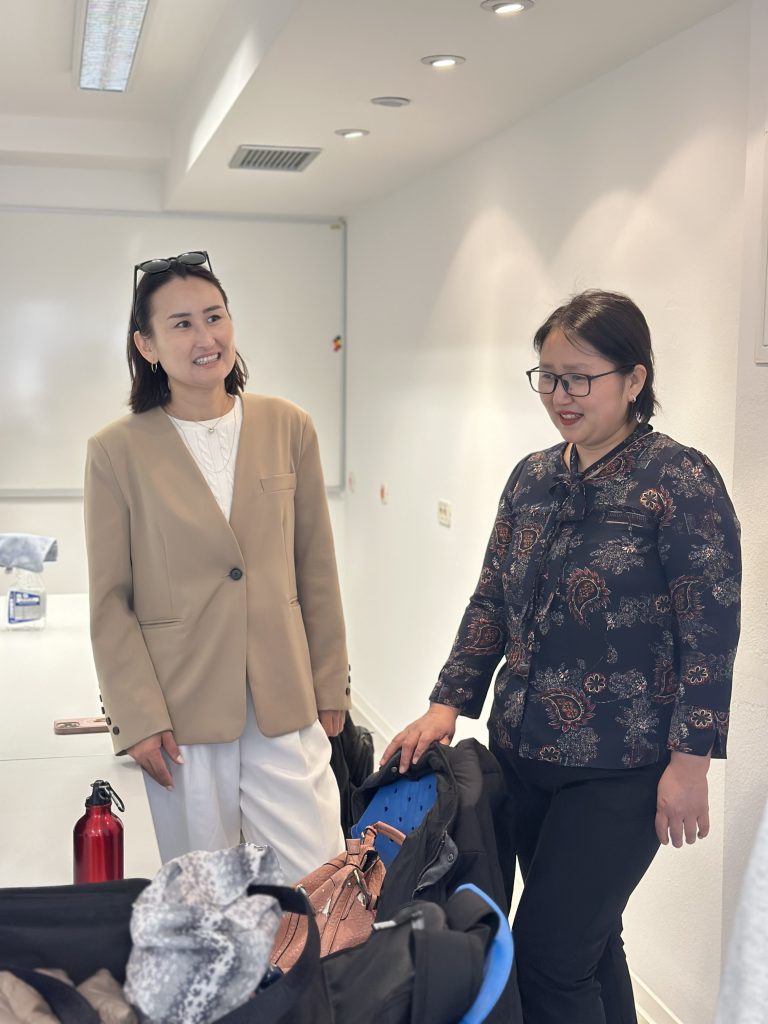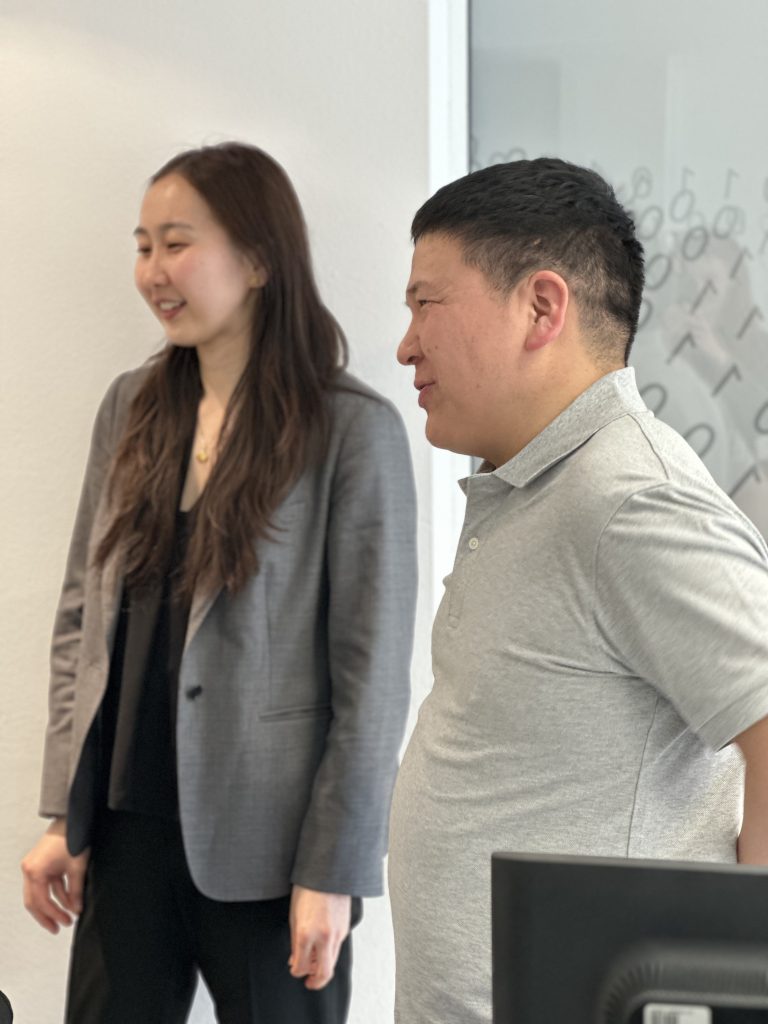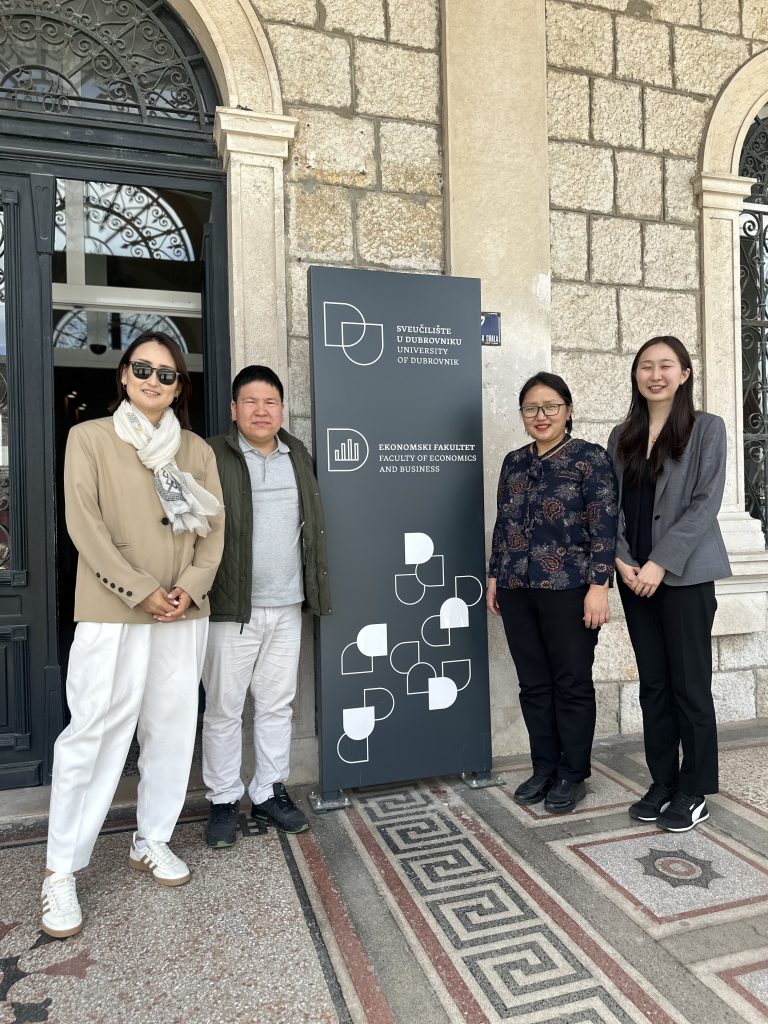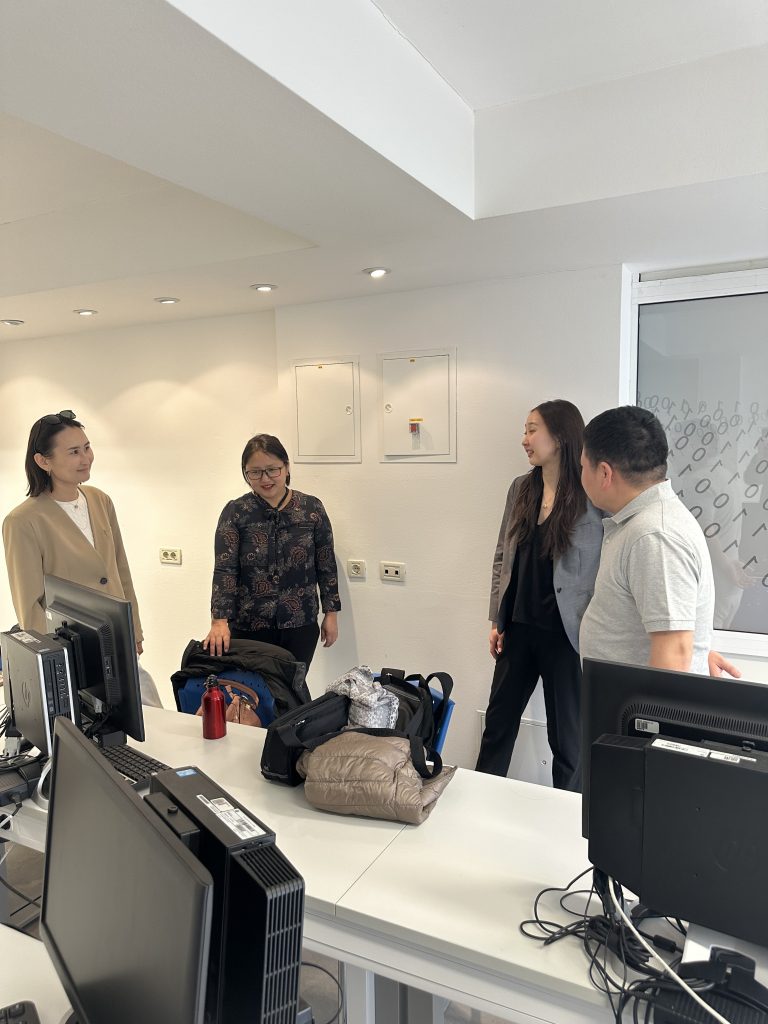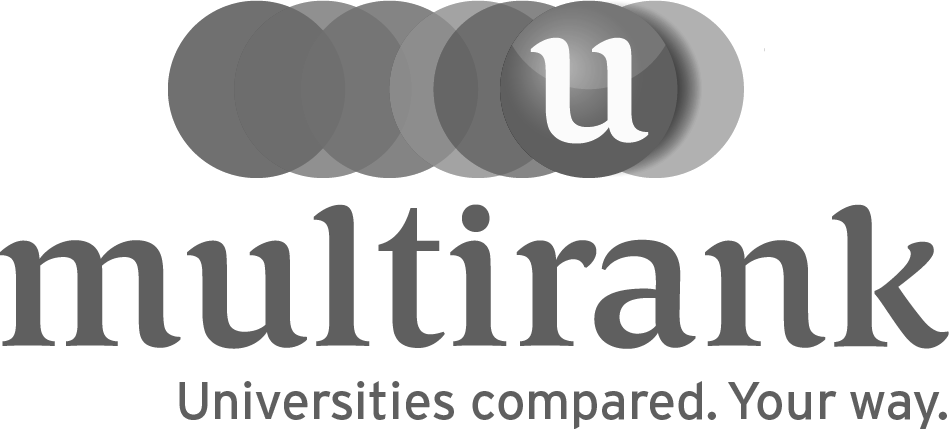Four professors from the National University of Mongolia spent two weeks at the University of Dubrovnik as part of the Erasmus+ mobility programme, initiated by prof. Marija Benić Penava, PhD. This marks the first collaboration of its kind between the University of Dubrovnik and Mongolian academic staff, continuing the strong internationalisation of the institution, which in recent years has attracted an increasing number of researchers and lecturers from beyond the European Union.
Professors Tsogt-Erdene Baldandorj, Narantungalag Bayaraa, Enkhmaa Battogtvor, and Khaliun Dovchinsuren arrived from Mongolia’s capital, Ulaanbaatar, representing the country’s leading and oldest higher education institution. During their stay, they held several lectures, participated in teaching activities, met with local students, and shared their expertise in the fields of economics, trade, and education.
‘We came here through the Erasmus+ programme and are extremely grateful to the University of Dubrovnik for the warm welcome and hospitality. For most of us, this was our first time in Europe, and it has been a unique opportunity for both professional and personal growth,’ said Khaliun Dovchinsuren, an econometrics specialist.
This exchange was carried out within the framework of the Erasmus+ KA171 project, which supports mobility outside the EU and is funded through the EU’s external action instruments. Besides providing opportunities for academic and scientific exchange, the programme fostered intercultural dialogue that enriched both sides.
Sharing experiences on economic challenges
As part of their visit, the professors delivered lectures to students on the current state of Mongolia’s economy, which remains in a transitional phase.
‘I teach microeconomics, macroeconomics, and Mongolian economic development at my university. While there are many similarities, the differences are also significant, especially due to the geographical position and historical background of our countries,’ said professor Tsogt-Erdene Baldandorj, adding that Mongolia underwent a long transformation following the collapse of the Soviet Union.
His colleague Dovchinsuren explained that Mongolia’s economy is highly dependent on natural resources. ‘Minerals and raw materials form the backbone of our economy. In contrast, tourism plays a key role in Croatia, and that inspires us to think about diversifying our own economy—including developing our tourism sector.’
Professor Enkhmaa Battogtvor, an expert in international trade, agreed. ‘Mongolia still has a relatively low income and faces major infrastructural challenges. Compared to Croatia, we were especially impressed by your public transportation system, the quality of service, and how well-organised the tourism sector is.‘
Insights into education and student life
During their stay, the guests also had a chance to explore the academic structure of the University of Dubrovnik. ‘The programmes here are very flexible—for both teachers and students. Our system is much more rigid, and such flexibility can greatly enhance student motivation and practical skills,’ observed Battogtvor.
They were particularly impressed by the emphasis on internships and study visits, which are an integral part of the curriculum in Dubrovnik. ‘We also spoke with three Mongolian students currently here through the same programme. Their feedback was very positive—especially their appreciation for the opportunity to connect theory with practice during their studies,’ said Dovchinsuren.
The National University of Mongolia has approximately 18,000 to 20,000 students from all across the country. ‘At our Department, we admit around 100 students annually, with about 400 in total. Although education is not free, there are many scholarships available to ease access to higher education,’ noted Battogtvor.
When asked about youth migration, the professors confirmed that moving from rural areas to cities is a common trend. ‘Many students remain in urban centres after graduation, so our government offers incentives for those who choose to return to less developed regions,‘ added Baldandorj.
Dubrovnik as a source of inspiration
The visit to Dubrovnik also included rich cultural experiences. The professors explored local landmarks and museums and gained a deeper understanding of Croatian cultural heritage.
‘We loved the culture—it’s very different from what we’re used to. The architecture is beautiful, and the Old Town of Dubrovnik truly took our breath away,’ said Dovchinsuren.
‘I was especially thrilled by the Museum of broken relationships in Zagreb. As a huge Game of Thrones fan, I was excited to walk through the filming locations in Dubrovnik,’ added Baldandorj.
Battogtvor was particularly impressed by the accessibility of cultural institutions. ‘I was surprised at how family-friendly the museums are. Parents come with their children and talk about art, history… It’s a model we definitely want to bring back to Mongolia.’
Looking ahead
At the conclusion of their visit, all participants expressed a strong desire for continued collaboration.
‘This experience has been incredibly inspiring and valuable. Thanks to the University of Dubrovnik and the Erasmus+ programme, we have broadened our horizons and expanded our network of professional contacts. We look forward to future cooperation—not only through staff and student exchanges but also in joint research projects,’ concluded Khaliun Dovchinsuren.
